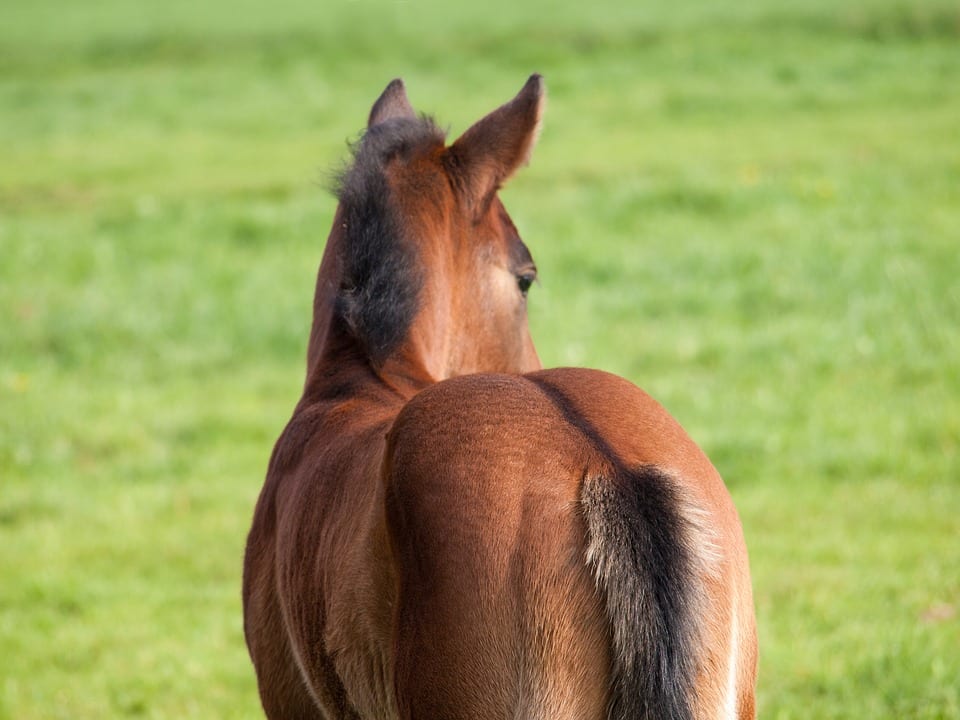
20 Feb Feeding the Young Horse
Providing your young horse with the correct nutrition is extremely important for growth and development. Incorrect feeding can result in imbalances that can be harmful to your horse. As owners, we need to be aware of what it is our horses require and feed them a tailored diet to suit their needs.
Foals are commonly weaned at around six months of age. For a thoroughbred type, they will be on average 245kg (about 45% of mature weight), and will have attained around 80% of mature height. If well fed, they will continue to grow at up to 1kg per day and develop the muscle and bone which will later allow them to be a competitive race, performance, or pleasure horses.
Poorly fed weanlings are typically narrow chested,
underweight, potbellied and light boned.
Getting through the weaning process without disrupting this normal growth pattern is greatly helped by providing a good quality feed that the foal is already familiar with. Since feeding is a learned behavior, having the mare and foal eating the same feed that it will receive as a weanling greatly reduces weaning stress.
Thompson & Redwood Grower Weaner Pellets does this job very well because, although formulated for growing horses, it also forms a good basis for a lactating mare feed.
So what are the differences between feeding growing horses versus mature horses?
For a mature horse in work, we are mostly concerned with energy intake – the chemical energy in feed that is converted to mechanical energy, allowing the horse to exercise – as this conversion is not very efficient (most of the energy is lost as heat). This is why horses become hot and sweat up with exercise.
The harder the work, the more energy needed, or the horse will lose weight. By contrast, if overfed when in light or no work, the horse will gain weight. So for the mature horse we are primarily concerned with energy balance.
For a weanling, the primary concern is correctly developing the main tissues: muscle and bone. Since muscle is nearly all protein and bone are made up of minerals and protein, these are the nutrients we are most concerned with providing insufficient amounts.
It is due to this growth demand that, in comparison to mature horse feeds, grower feeds have higher concentrations of protein, calcium and phosphorus.
Check the labels in your feed store.
Grower feeds will have higher protein, calcium, and phosphorus
concentrations relative to energy content.
Rations formulation for growing horses focuses largely on protein intake and protein quality. Unfortunately, the crude protein given as a percentage in the feed’s analysis doesn’t tell the full story – since all proteins are around 16% nitrogen, the chemical test used simply measures the amount of nitrogen and then multiplies it by 6.25.
This doesn’t tell us anything about the protein quality or usefulness to the growing horse. In other words, a feed can have a good crude protein level as measured, but if the protein is of poor quality and is poorly digested, then a lot of it won’t be available to the horse to build tissue.
Why is quality protein important?
Protein is the major component of most tissues in the body; only water is in greater abundance. Proteins are made up of lots of amino acids joined together in chains of varying lengths. There are 20 different amino acids used in various combinations to make up these proteins, of which 10 are considered essential amino acids for the horse. Essential amino acids are those which cannot be made in the body (or made in sufficient amounts), and therefore must be provided in the diet.
So an imaginary protein chain might look like this:
Where the coloured amino acids represent different essential amino acids.
For a protein to be synthesized, all the required amino acids
must be available at the same time or it will not be made.
Good quality protein sources have sufficient levels of essential amino acids that provide a continuous circulating blood pool – the body can then draw on this to manufacture proteins. Rations based on poor quality protein sources will be deficient in these essential amino acids, with growth and development then being impacted. This may simply mean a slower rate of normal growth, or, with severe deficiencies, growth may be stunted and soundness effected.
Since it is the amino acids themselves that are needed, it is important that the protein is digested (broken down into the individual amino acids) and that these are absorbed into the body. Protein digestion starts in the stomach and continues in the small intestine, where the individual amino acids are absorbed. Protein escaping the small intestine is of little use to the horse as amino acids are not absorbed in the large intestine. This is part of the reason why feedstuffs high in fibre (roughages) are mostly not considered good quality protein sources since they are poorly digested in the small intestine and much of the protein is locked away until it gets to the hind gut.
Good quality protein supplements have relatively high levels of
essential amino acids and are well digested in the small intestine.
Currently, lysine is the only essential amino acid for which the requirements for the horse is known. However, since it is the most likely to be deficient in horse feedstuffs, adjustment of formulas to satisfy lysine needs should also provide sufficient levels of the other nine.
Thompson & Redwood Grower Weaner Pellets has been formulated with good quality highly digestible protein sources and fortified with lysine to allow for the correct development of rapidly growing young horses.
How do I grow good bone?
Providing sufficient protein with a good amino acid profile will help greatly with bone development; however, being a highly mineralized structure, calcium and phosphorus are also very important.
Calcium is deficient in virtually all feedstuffs (the notable exception being lucerne), and while phosphorus is found in good levels in cereal grains, it is in part bound to phytic acid and is not fully absorbed. This problem is easily overcome with the use of inorganic sources such as calcium carbonate and di-calcium phosphate. All well-formulated grower feeds will be supplemented with a sufficient amount and in the correct calcium to phosphorus ratio for normal growth.
Do’s and Don’ts when feeding young horses:
Do: Feed according to instructions – don’t feed half rate and top up with oats. This will do terrible things to the protein to energy ratio and not provide the necessary level of minerals.
Do: Make your weanling feed available to foals well before they are weaned so they are used to it. Either feed a big feed to the mare and foal or provide a small amount in a creep feed that only the foal can get to.
Generally, young animals consume around 2.5% of body weight in feed dry matter daily. So our 245kg six-month-old thoroughbred weanling will eat around 6.5 to 7kg feed (as fed) per day. So for the Thompson & Redwood Grower Weaner Pellets, we would provide around 5 kg per day with the balance being made of good quality roughage or pasture.
Do: Make sure every horse has access to a feeder. Separate bullies if necessary.
If feeding large numbers, try and group according to age and sex. If any are backward (happens commonly if animals have been sick), separate a couple off and give them a bit extra until they catch up.
Do: Monitor condition and adjust accordingly – you may have to increase feed in the cold winter months or cut back a bit if pasture is plentiful and animals are wasting feed.
Do: Watch for when growth starts to slow and animals start to lay down fat – you can usually drop back to 4kg per day by the time they are about 14 months old.
Don’t: top up with extra supplements when using complete feeds. Thompson & Redwood Grower Weaner Pellets have already been fortified with all the necessary vitamins and minerals. Not only will you be wasting money, but you may create unforeseen problems. For example, adding extra calcium above what’s needed won’t improve bone strength and may interfere with the uptake of other minerals.
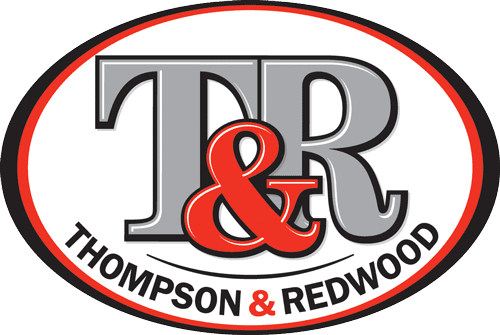

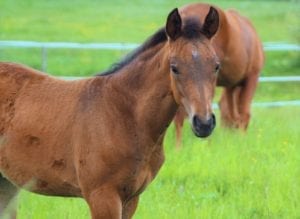
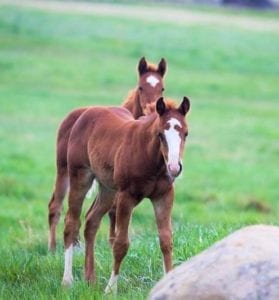

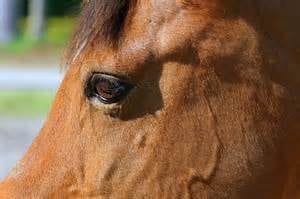
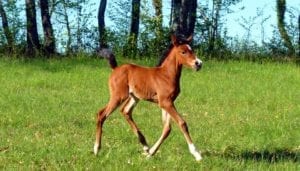
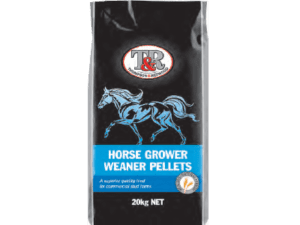

Geoff Nicholls
Posted at 02:52h, 10 DecemberAre your feed products available outside of WA please?
Ally Doumany
Posted at 03:26h, 20 JanuaryHi Geoff, we currently only supply our Poultry Range outside of WA, but if there are specific products you are interested in, you can talk to your local stockist about ordering them in.